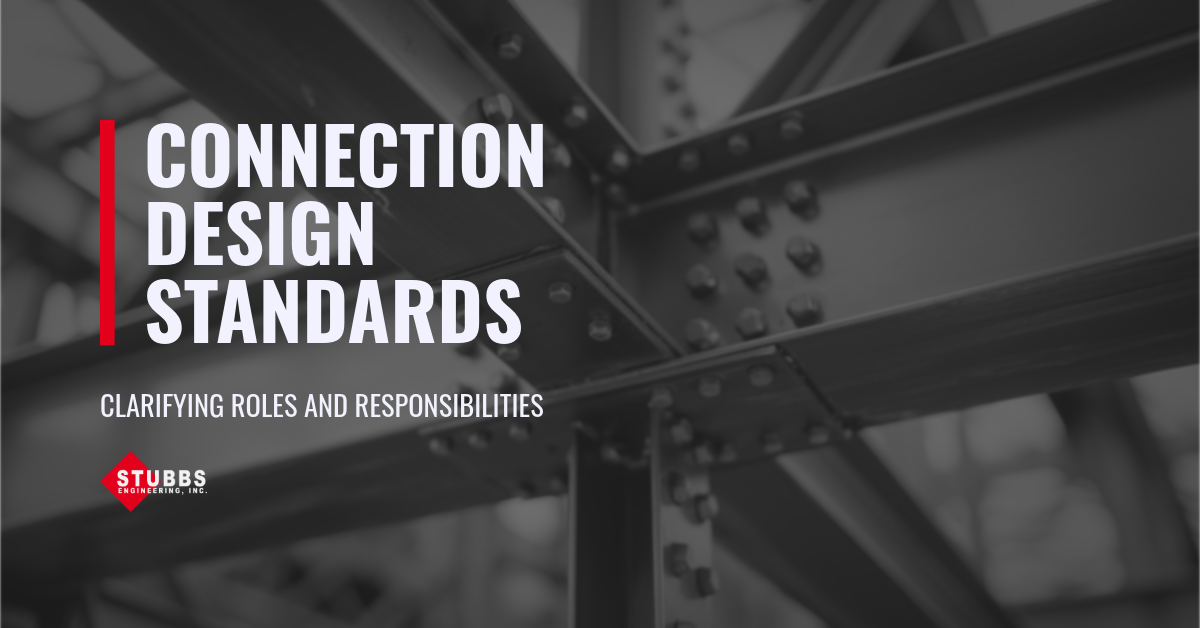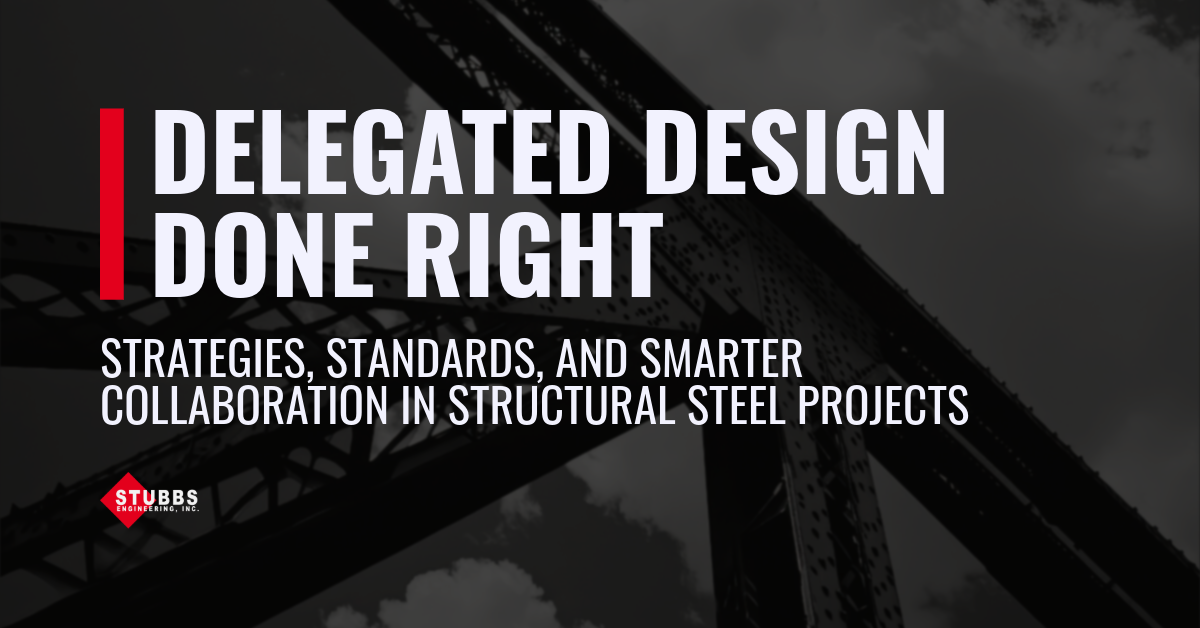
Understanding Seismic Design Categories: And how they impact your project.
Did you know that your project's seismic design category (SDC) could impact everything from your HVAC system to your budget? Most project teams discover this too late, leading to costly redesigns and timeline delays. Here's what you need to know to stay ahead.
The Three Key Factors That Shape Your SDC
The Seismic Design Category is determined by three key factors: the Risk Category, which is based on the building's occupancy; the site's geological conditions; and the design earthquake specific to that location.
1. Building Risk Categories
Structural Risk categories, as defined in Table 1604.5 of the 2021 IBC, play a critical role in determining your SDC. These categories assess the risk level associated with a building's use and its potential impact on human life. Here's a breakdown:
- Category I: Low occupancy, low-risk structures (e.g., agricultural facilities, temporary buildings, storage sheds).
- Category II: Standard occupancy structures (e.g., most offices and commercial structures).
- Category III: High-occupancy structures wDiscover how seismic design categories impact both safety and efficiency in every building project. Our latest Knowledge Base article breaks down the key factors that shape your SDC and offers insights to help you plan smarter and avoid costly redesigns.[Read More Button]
- Category IV: Essential facilities that must remain operational during emergencies (e.g., hospitals, fire stations, emergency shelters, utilities serving critical facilities, and facilities containing highly toxic materials).
2. Site Geology:
The geological conditions at your site significantly influence how seismic waves interact with your structure. The IBC uses site classifications (A through F) to account for these variations. While Site Classification D is the default for most projects, investing in additional geotechnical testing could allow you to specify a less conservative classification. This can lead to substantial cost savings, especially for structures in Risk Category III or IV.
Before obtaining geotechnical proposals, discuss the potential need for advanced testing with your structural engineer. This step could uncover opportunities to optimize your design and budget.
3. Expected Seismic Accelerations
Seismic accelerations measure the anticipated severity of seismic events in your area. These values are critical for determining your SDC and can be sourced from:
- IBC ICC Digital Codes
- USGS Seismic Design Maps
- ASCE 7
By understanding these accelerations, you can better anticipate the forces your building will need to withstand and plan accordingly.
SDC Classifications: Know Your Risk Level
Once the three factors above are determined, a building can be classified into its SDCs ranging from A to F, with each category reflecting a different level of seismic risk:
- SDC A: Minimal ground motion
- SDC B: Moderate shaking for lower occupancy categories.
- SDC C: More severe conditions for Occupancies I, II, and III.
- SDC D: Severe shaking expected for Occupancies I, II, and III.
- SDC E: Near active faults, with significant risk for Occupancies I, II, and III.
- SDC F: Critical facilities (Occupancy IV) near active faults.
Why Early SDC Planning Pays Off
SDC determination is typically the first code check your structural engineer performs, and for good reason. Getting it right from the start affects:
✅ Allowable structural systems
✅ Equipment support requirements
✅ HVAC isolation hardware specifications
✅ Overall project timeline and costs
✅ Coordination between design team members
Seismic design isn't just about safety; it's about smart planning. By addressing SDC requirements early in the design process, you can avoid costly redesigns, ensure compliance, and keep your project on track.
other articles

We’re celebrating 15 years of engineering excellence, collaboration, and growth. This milestone wouldn’t be possible without our incredible clients and dedicated team who’ve shaped our journey from day one. Read more as we reflect on our achievements and look toward the next chapter.

This article breaks down how the AISC Code of Standard Practice (CoSP) clarifies the roles of the Engineer of Record, Steel Detailer, and Connection Engineer in connection design. It outlines the three primary design options, explains key provisions that ensure clarity and accountability, and highlights how consistent communication leads to safer, more efficient projects.

Delegated design can streamline structural steel projects—when used right. This article breaks down what it is, how the AISC Code guides it, and field-tested strategies for better collaboration between architects, engineers, and fabricators.
